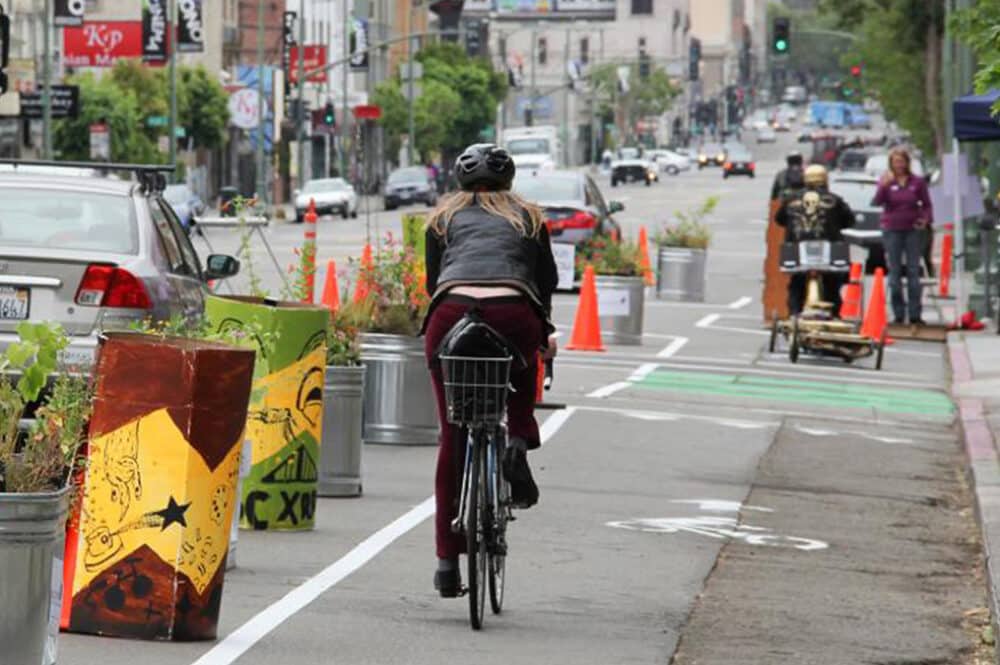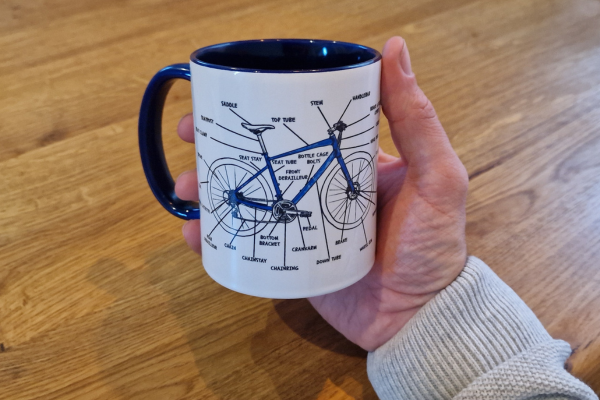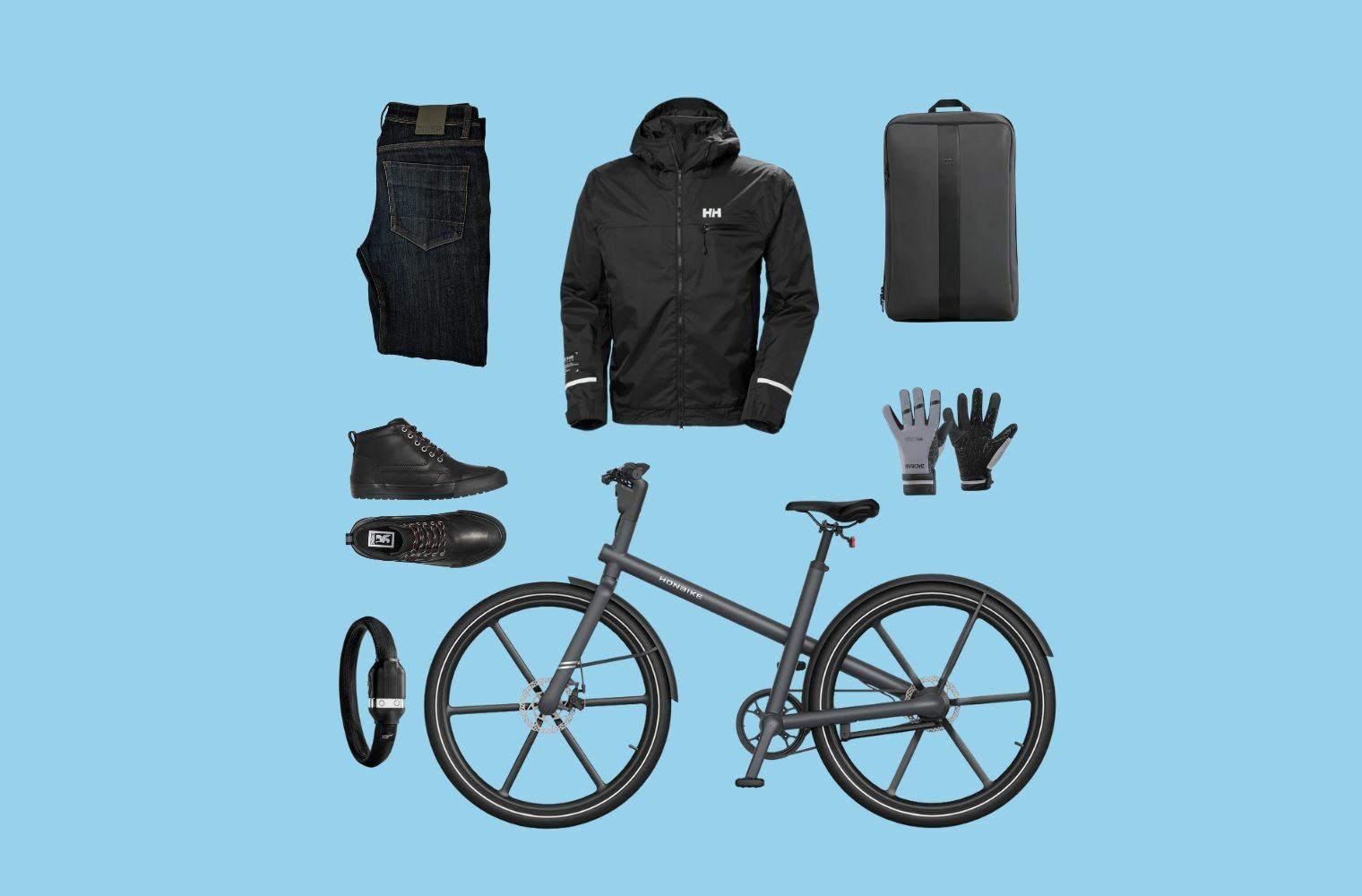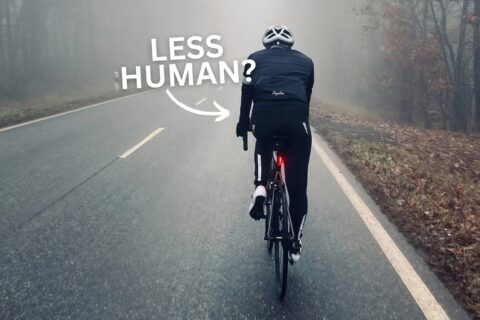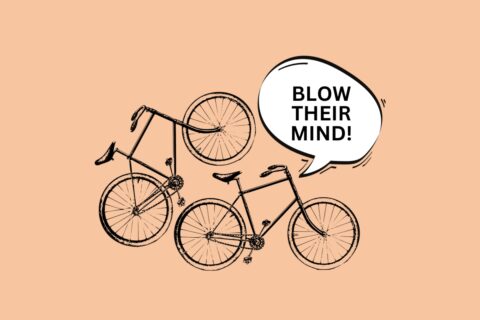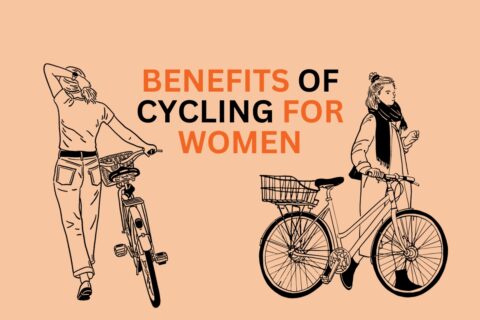This post may contain affiliate links, which help to keep Discerning Cyclist rolling. Learn more.
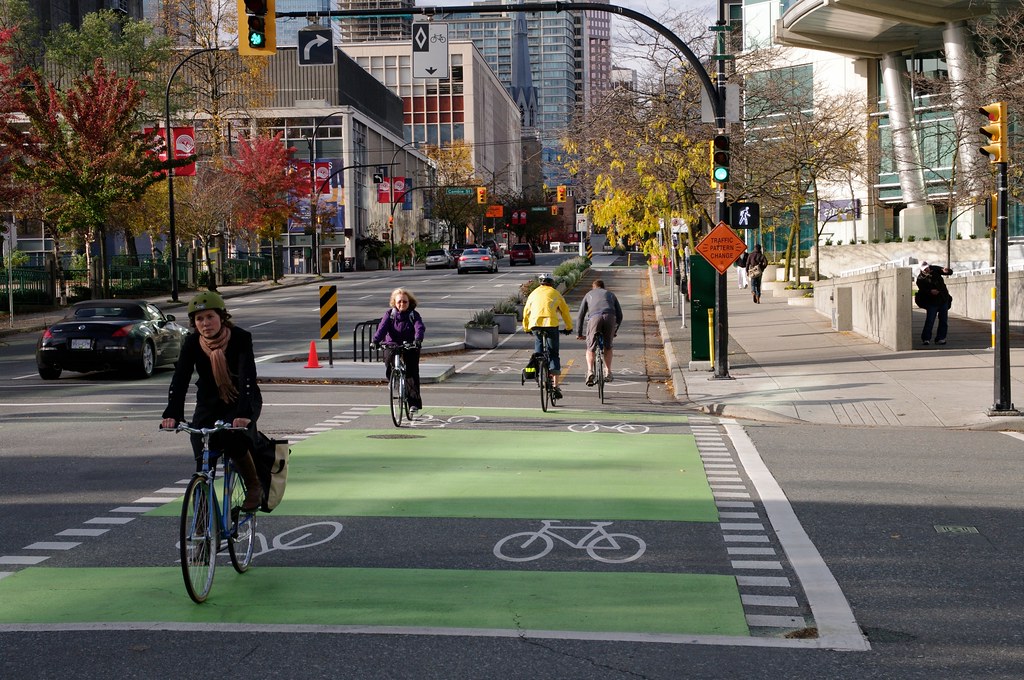
All over the world, cities are using “tactical urbanism” to create temporary pop-up bike lanes during the COVID-19 pandemic. Almost overnight, the cycling infrastructure that people have campaigned years for has appeared at next to no cost.
Indeed, of the few positives to take from such an imaginable global disaster, this is certainly among them. It proves just what’s possible when there’s a sudden demand for it and can hopefully set a precedent for safe space cycling once we eventually get through this.

What Does “Tactical Urbanism” Mean?
Tactical urbanism is about creating cheap (normally temporary) changes to urban areas in order to improve neighbourhoods. This can include the created of temporary bicycle lanes. It’s sometimes also referred to as “pop-up urbanism”, “DIY urbanism” or “guerilla urbanism”.
Let’s take a look at how the measures taken by these six places, and the varying degrees of success they have each enjoyed:
Where Are Pop-Up Bike Lanes Appearing Around the World?
Berlin: Removable Tape in Kreuzberg
Local authorities in Berlin’s Kreuzberg district implemented a temporary widening of two cycling lanes on March 27 to help cyclists keep the necessary 1.5 metres apart. This was aided by the fact that, inevitably, congestion on the roads has decreased due to Germany’s coronavirus restrictions.
The council has declared the scheme a success because it improved cycling safety while not becoming a hindrance on traffic. The plan is set to expand in the next few weeks, both on more roads across Kreuzberg, and in the Schöneberg and Tempelhof districts of the city.
Removable tape and mobile signs marked out the larger lanes, which can be removed when the current limitations are lifted.
Though, not everyone has got on board with the idea. Members of the German pro-business Free Democratic party have described the plans as an ‘unnecessary provocation’ by the bike lobby and argue the lanes have little practical use.
Budapest: Temporary Bike Lanes
Elsewhere, the Hungarian capital of Budapest is establishing temporary cycle networks for vital routes across the city, so as to offer an alternative, safer form of travel during the pandemic.
These plans come after the city’s authorities monitored the level of traffic across Budapest in recent weeks, concluding that patterns of congestion have undergone a fundamental change. The number of passengers taking buses has fallen by nearly 90 per cent, while car travel has roughly halved. As a result, they have decided to create more bike lines to accommodate those who still need to get around.
What’s more, MOL Bubi, Budapest’s official bike sharing scheme with more than 150 collection points and in excess of 2,000 bicycles, have significantly slashed their prices to offer further encouragement to residents to get cycling if they still need to commute to work, for instance.
GUIDE: The Best-Looking Cycling Shorts for Summer
Bogatá: 72 Miles of New Bike Routes
As far as standard-bearers go, the Colombian capital of Bogotá are certainly among those leading the way. The city’s mayor, Claudia López, opened up nearly 72 miles of new bike routes in mid-March to try to reduce congestion and physical contact between people.
And that’s not all they’ve done. The city has also taken the rather extraordinary measure of replacing 35km of traffic lanes with new emergency bike paths with temporary cones, similar to that of the their own TransMilenio bus rapid transit system. Workers can adjust the lane width depending on its usage.
New Zealand: “Tactical Urbanism”
Social Distancing: New Zealand is doing it right!
Transport Minister Julie Anne Genter announces $100 million plan to accelerate ‘tactical urbanism’ techniques (pilots & pop-ups) that make it safer & easier for people walking and cycling in the city.
> https://t.co/01NNi40Omf pic.twitter.com/XeqKg8yl62
— Cycling Professor (@fietsprofessor) April 12, 2020
New Zealand was the first country to offer funding to make tactical urbanism into official government policy during the pandemic.
Tactical urbanism can take many forms, such as creating or widening pavements and bike lanes with bright concrete blocks. The country had been trialling it even before the pandemic, but now the government has decided it is time to enact this on an emergency-funded basis.
In addition, transport minister Julie Anne Genter has invited New Zealand cities to apply for 90 per cent funding to widen pavements and create temporary cycleways. This would take merely hours and days rather than the weeks and months that it can take in normal circumstances.
The aim of this, of course, is to enable key workers and others out of their homes to stay two metres apart from each other when walking or cycling.
READ: 51 Great (and Cheap) Gift Ideas for Cyclists
New York: 75 Miles for Pedestrians and Cyclists
A New York City Council bill will be introduced next week, forcing mayor Bill de Blasio by law to open up miles of roadways for pedestrian and cyclist use.
Council speaker Corey Johnson said in a statement that the aim is to “allocate more street space to pedestrians and cyclists… with a citywide target of 75 miles of streets.”
This new proposal comes after de Blasio’s own 1.5-mile open streets scheme failed due to his own demands that it be constantly staffed by numerous police officers at a time when the NYPD has been struck by coronavirus and the pressure of more important priorities to attend to.
London…
The state of affairs in England’s capital has been less rosy, though. Traffic has reportedly fallen by 63 per cent on main roads, but walking and cycling commissioner Will Norman has said emergency bike routes would not protect cyclists without junction improvements. These would need construction workers to travel during lockdown, so perhaps the end wouldn’t justify the means in this case.
That said, Hackney in east London are home to the first UK local authority Hackney council planning to temporarily ‘filter’ its streets with bollards and planters, keeping them open for emergency vehicles and residents all the while. Councillor Jon Burke says the streets that need filtering will be decided on 20 April.
The London Cycling Campaign has also devised short, medium and long-term proposals to improve active travel in the city until the pandemic subsides.
The big hope, with all of this though, is that when “normality” does resume, it won’t mean safe space for cycling will disappear.
Can We Make These “Temporary” Bike Lanes Permanent?
COMMENT BELOW:
Has any bike infrastructure been implemented during the coronavisus pandemic? And what can we do to make sure these bike lanes become permanent?
